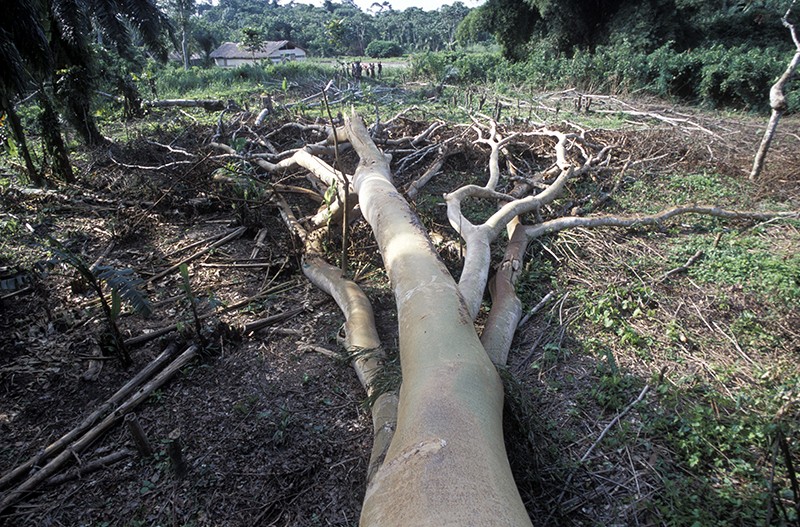
We make havens for disease-harbouring animals
The way we are changing landscapes might increase the probability of pathogens jumping from animals to humans. Researchers reviewed data from nearly 7,000 sites where humans have altered natural ecosystems, such as by clearing land. They found that small creatures such as rodents, which can harbour agents that cause human disease, are more likely to move into these areas than larger animals are. (It’s not known why pathogens are more abundant in these smaller animals.)
The study lends crucial weight to a rising number of voices calling for governments and international agencies to take a holistic view of public health, animal health, the environment and sustainable development. Last week, the Intergovernmental Science-Policy Platform on Biodiversity and Ecosystem Services hosted a workshop on the nexus between biodiversity loss and emerging diseases. And on 24 July, an interdisciplinary group of scientists, including virologists, economists and ecologists, published an essay in Science arguing that governments can help to reduce the risk of future pandemics by controlling deforestation and curbing the wildlife trade.
Nature | 6 min readThe study lends crucial weight to a rising number of voices calling for governments and international agencies to take a holistic view of public health, animal health, the environment and sustainable development. Last week, the Intergovernmental Science-Policy Platform on Biodiversity and Ecosystem Services hosted a workshop on the nexus between biodiversity loss and emerging diseases. And on 24 July, an interdisciplinary group of scientists, including virologists, economists and ecologists, published an essay in Science arguing that governments can help to reduce the risk of future pandemics by controlling deforestation and curbing the wildlife trade.
Go deeper with the expert view in the Nature News & Views article.Reference: Nature paper & Science essay






















No hay comentarios:
Publicar un comentario